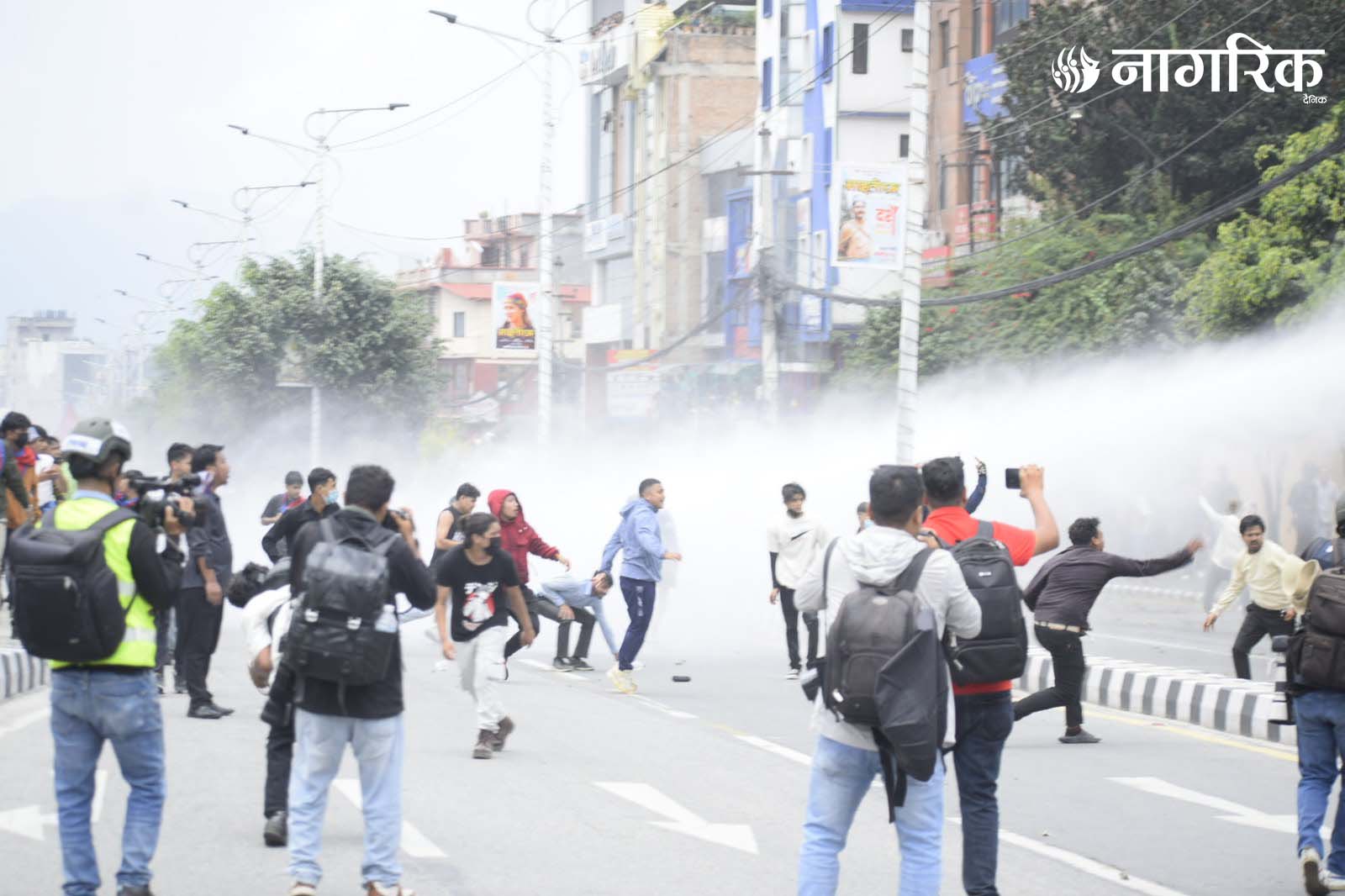KATHMANDU, Aug 4: The seventh meeting of the Nepal-India Boundary Working Group (BWG) has decided to install border pillars in major rivers such as the Koshi, Mechi, Karnali, Rapti and Mahakali. Until now, boundary pillars had only been placed on land, not in rivers.
The meeting was held from July 28 to 30 in India, with Nepal's delegation led by Prakash Joshi, Director General of the Department of Survey (DoS), and India's delegation led by Hitesh Kumar Makawana, Surveyor General from the Ministry of Science and Technology. The Nepali team also included representatives from the Ministry of Foreign Affairs (MoFA), Ministry of Home Affairs (MoHA), Ministry of Land Management, Cooperatives and Poverty Alleviation (MoLCPA), DoS, and the Armed Police Force.
Joshi described the meeting as highly productive. He stated that the group agreed to place boundary pillars at locations marked on maps, whether on land or in rivers. “For instance, if the border point on the map lies in the middle of the Koshi River, we will install a pillar right there,” he said.
23 border pillars swept away by Saptakoshi yet to be restored

Currently, there are 5,785 boundary pillars along the 1,880-kilometer Nepal–India border. However, a total of 8,553 pillars are required, meaning 2,768 are yet to be installed.
The meeting also decided to conduct regular inspections, maintenance, and reconstruction of boundary pillars and to document encroachment in the no-man’s-land area. These tasks have been categorized as D1, D2, and D3. Under the new arrangement, a joint inspection team will monitor the border and report findings to the respective national survey departments.
The last meeting of the BWG was held in September 2019 in India. The group had been unable to convene over the past seven years, mainly due to the COVID-19 pandemic, according to a senior official at the DoS. As per the latest decisions, fieldwork related to border management will begin in mid-November.
The next BWG meeting is scheduled to be held in Nepal in September.
The DoS stated that the scientific demarcation of the Nepal-India border is being conducted based on the 1816 Sugauli Treaty. The Nepal-India Joint BWG was formed in 2071 BS to locate missing pillars using GPS technology, install new ones where necessary, repair damaged pillars, and remove encroachments.
The Nepali team has been working under the leadership of survey officers and chief district officers. Scientific border mapping had previously begun in 2038 BS through a joint technical team, which concluded that 8,554 pillars needed to be installed. However, that team was later dissolved.
In 2045 BS, a new agreement was reached to scientifically measure border areas using river and stream positions recorded during the Sugauli Treaty. Since then, many of the originally installed pillars have been damaged, lost, or destroyed. According to the DoS, installing pillars in certain areas, such as from Brahmadev Mandi Bazaar along the Mahakali River and in the highlands of Taplejung, remains challenging due to difficult terrain.




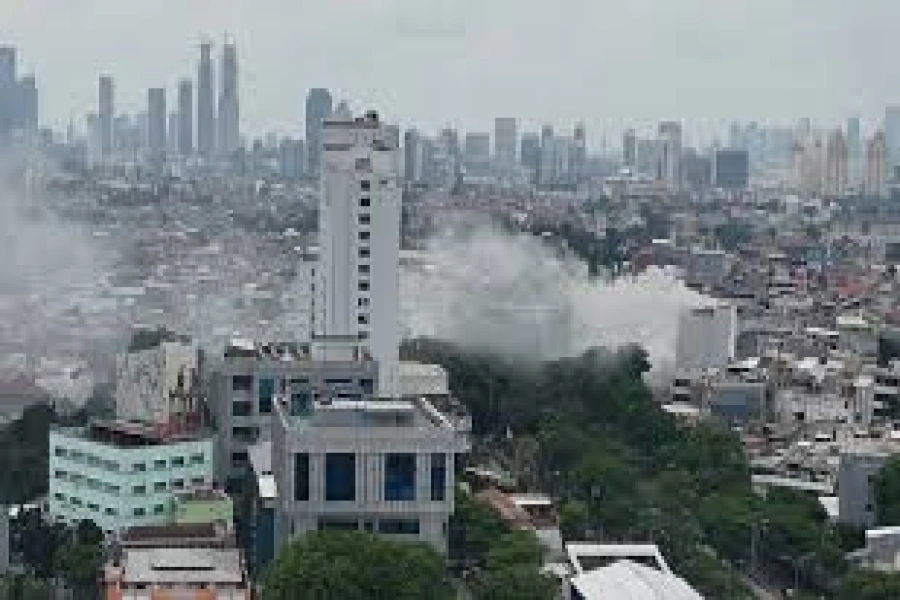









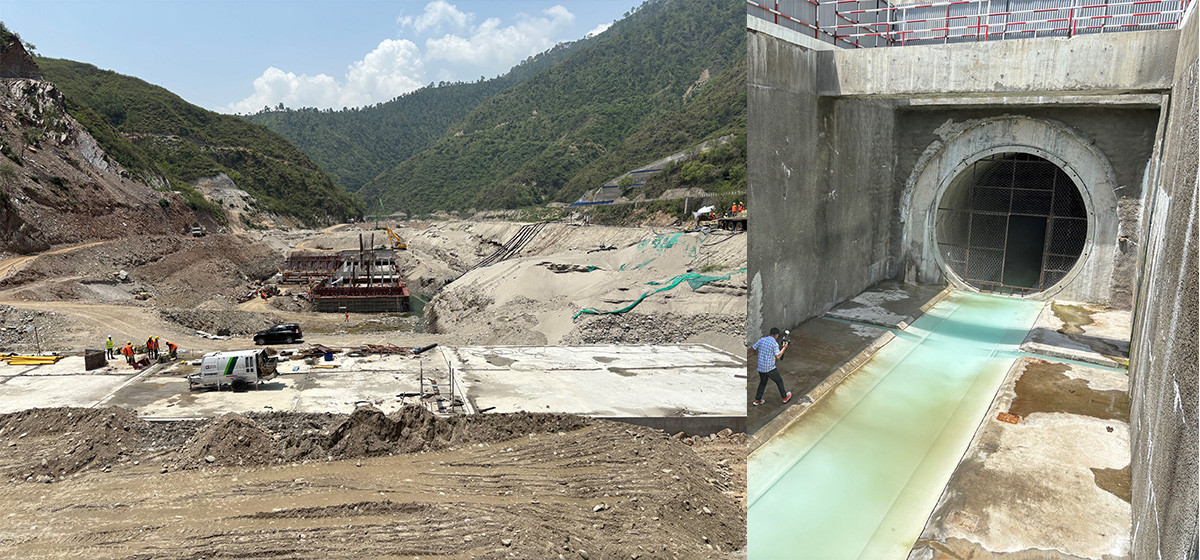


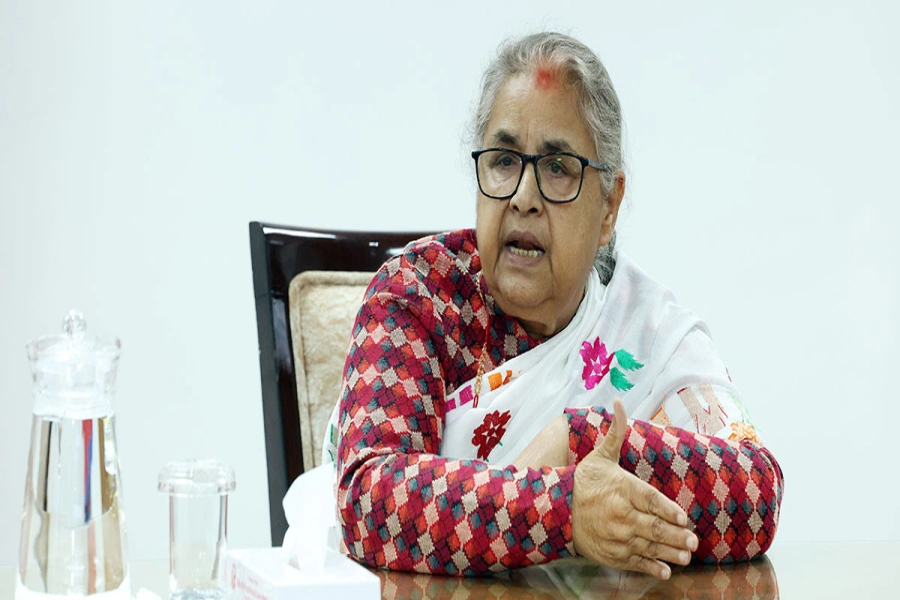






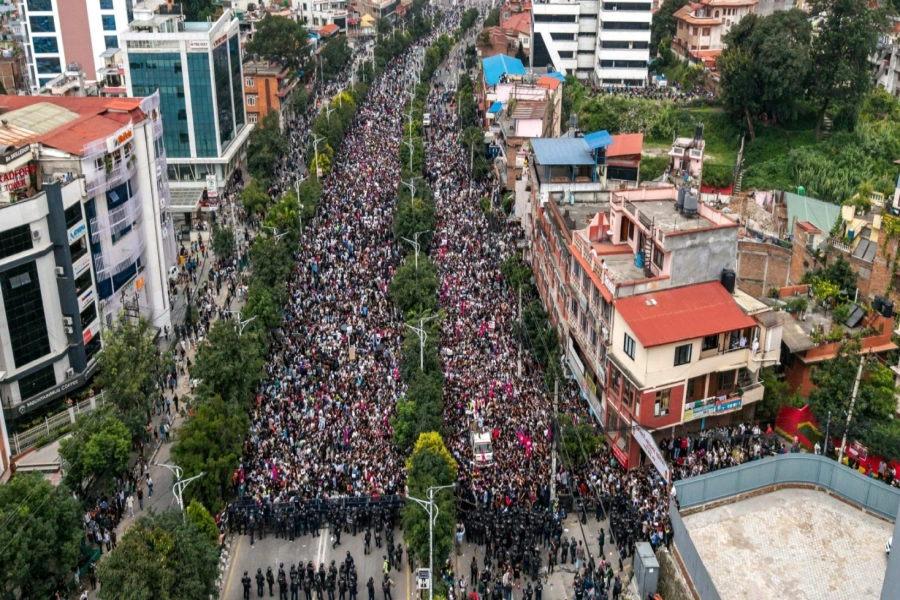

-1200x560-1765267769.webp)



